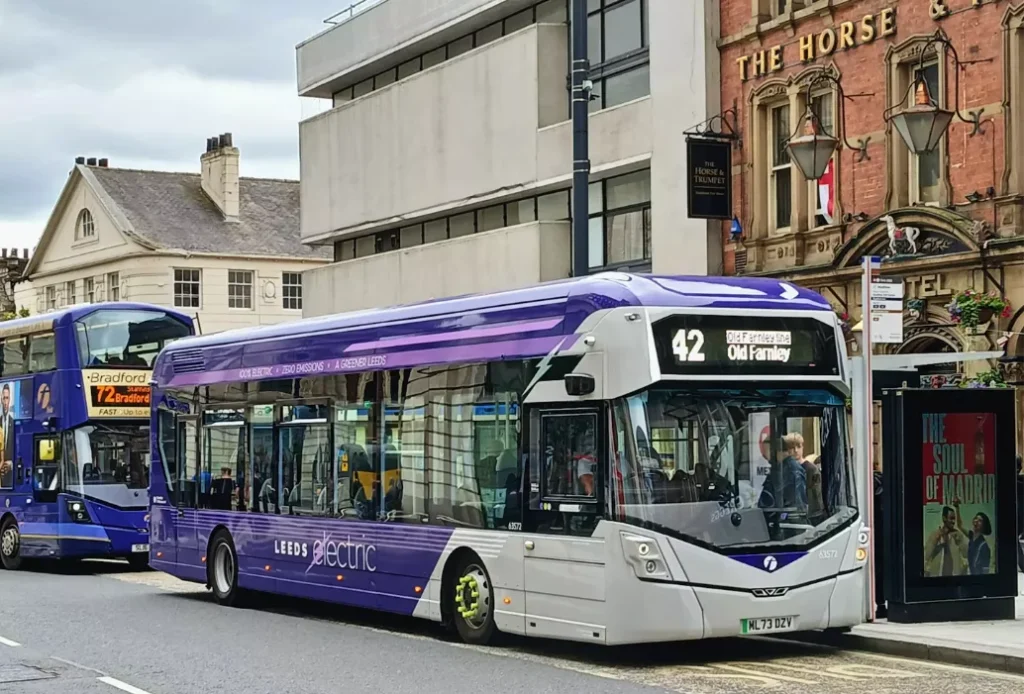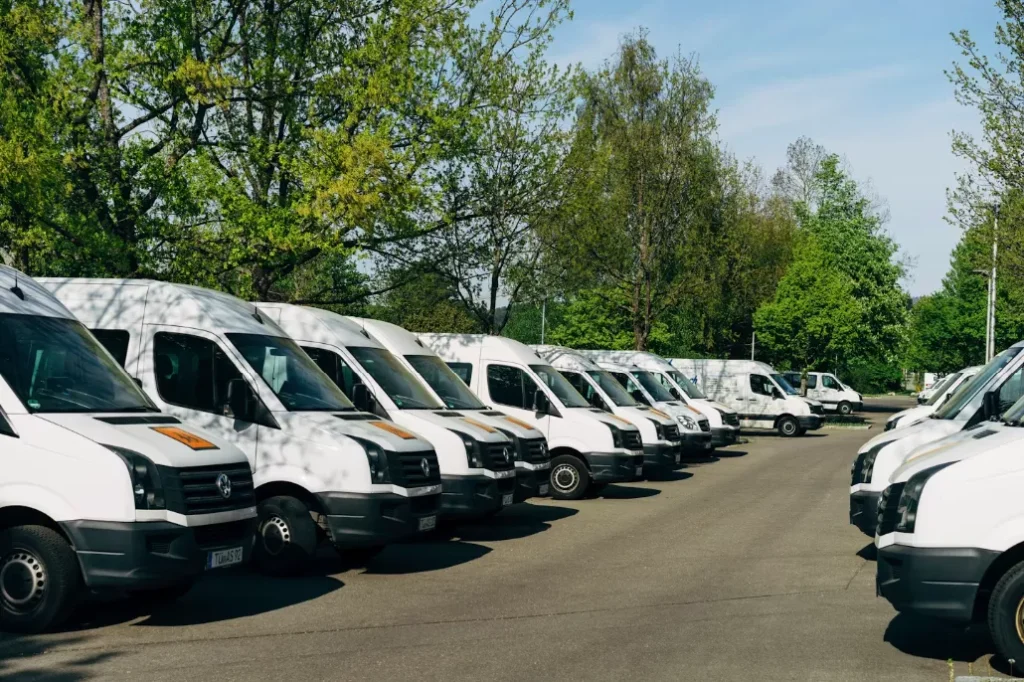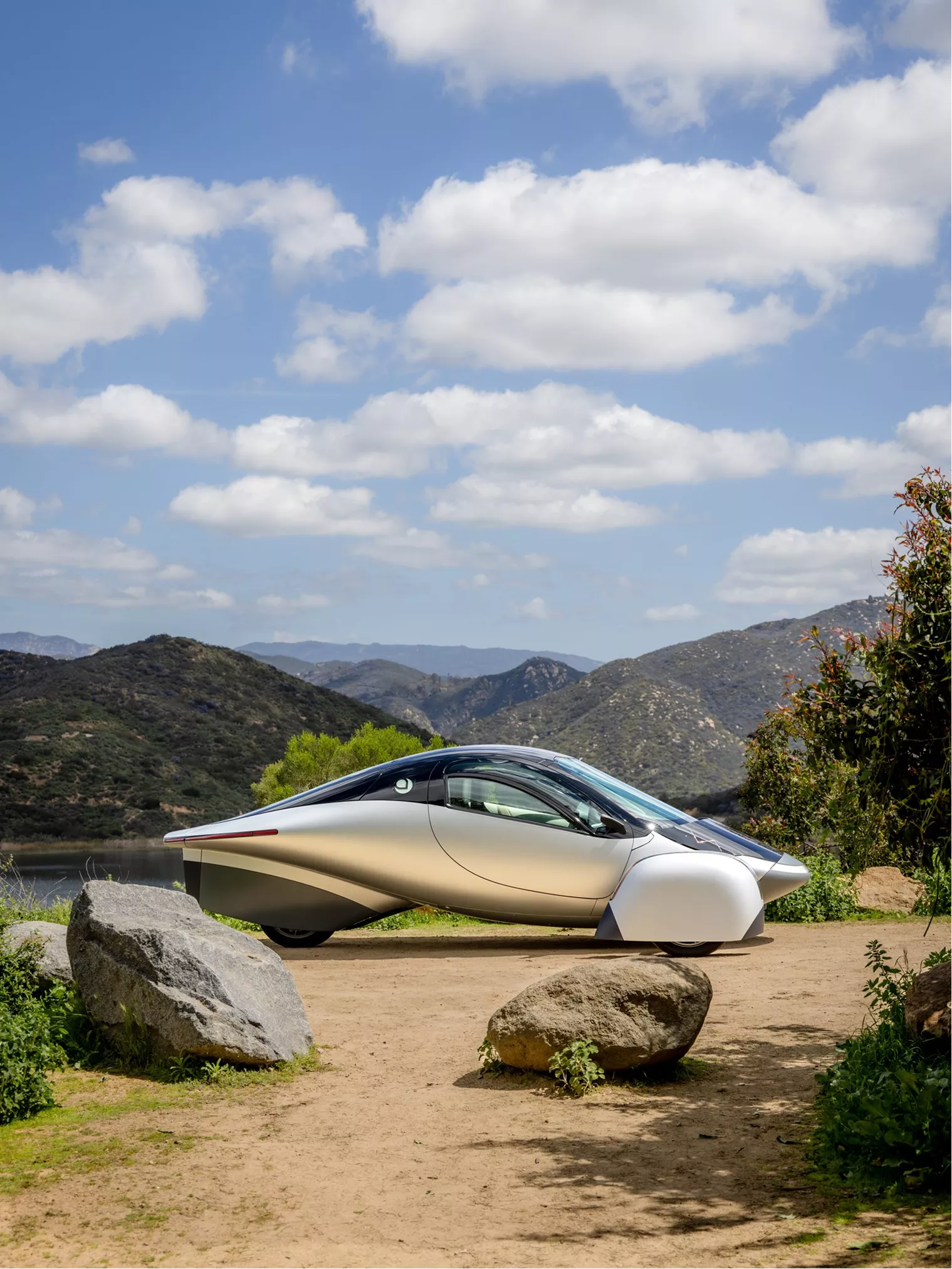








From EVs and batteries to autonomous vehicles and urban transport, we cover what actually matters. Delivered to your inbox weekly.

Tata Power has temporarily paused its rollout of public EV chargers after revealing that its existing 5,500 stations are operating at less than 5% utilization. The low usage rate has prompted a reassessment of its earlier goal to install 25,000 public chargers by FY28.
The decision highlights a broader challenge: EV adoption in India is lagging behind infrastructure investment. As of 2024, electric vehicles account for only 7.6% of total vehicle sales, well below the government’s 2030 target of 30%. With few EVs on the road, public charging stations are underused and financially unviable.
This isn’t just Tata Power’s problem. In Karnataka, a similar mismatch between infrastructure and demand led to the scrapping of plans for 2,500 new charging stations due to limited private-sector interest.
Tata Power is not leaving the EV space. The company continues to operate 120,000 home chargers and supports electric bus fleets with 1,200 dedicated units. But the market signal is clear: private and fleet charging, not public stations, are where utilization—and returns—currently reside. Consumer behavior reinforces this: most EV owners in India prefer charging at home.
Across the country, there are roughly 29,000 public EV chargers, with Karnataka leading at 6,000 locations. Yet many of these installations see little traffic. For infrastructure operators, that means sunk capital with no clear revenue path. Tata Power’s move reflects rising caution among providers facing a growth narrative that’s ahead of real-world demand.
Tata Power’s pause is a reset. Infrastructure will remain crucial, but right now, the smarter play is targeting segments with predictable usage. In India’s EV story, public charging will scale when the vehicles do. Not before.